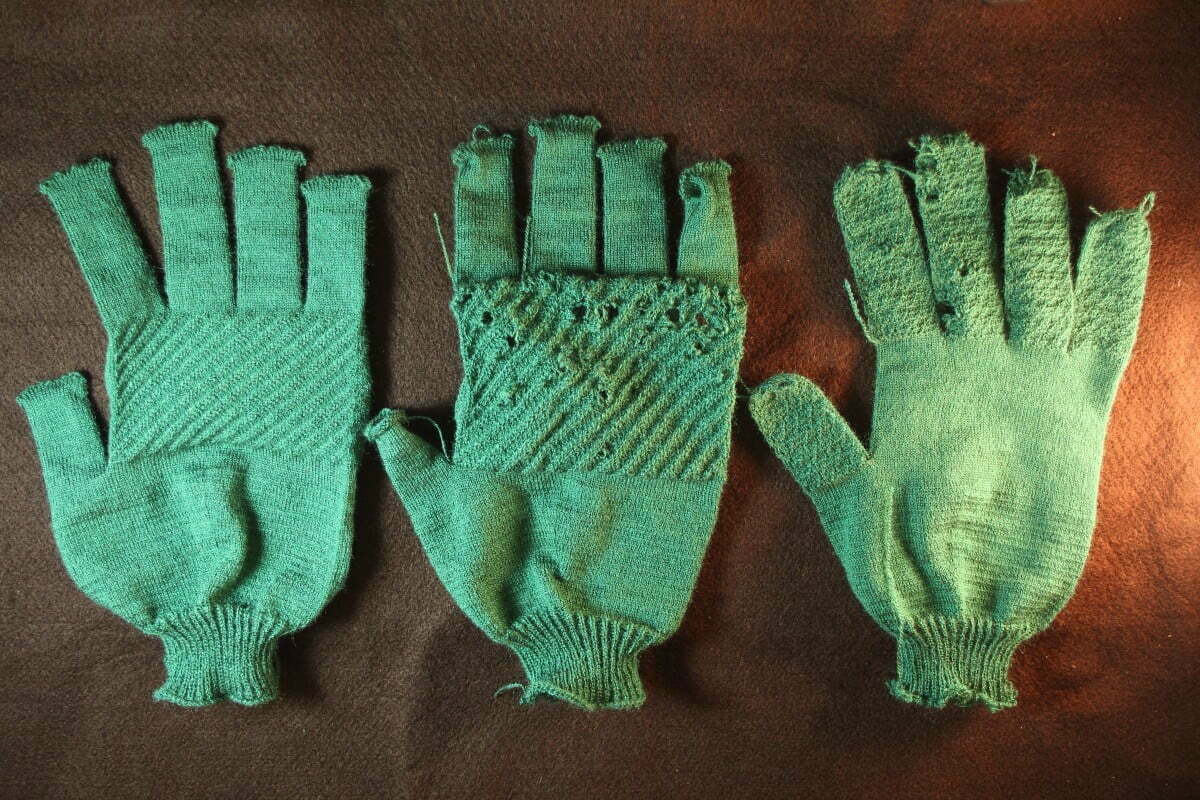The oldest regarded knitting item, carefully handmade socks, dates back to Egypt in the Middle Ages. Although handmade garments have occupied our closets for hundreds of years, the latest inflow of high-tech knitting machines has changed how we create our favorite pieces. These systems that have made whatever from Prada sweaters to Nike shirts are nonetheless some distance from seamless. Programming machines for designs can be a tedious and complicated ordeal: When you need to specify each unmarried stitch, one mistake can throw off the whole garment.
In a new pair of papers, researchers from MIT’s Computer Science and Artificial Intelligence Laboratory (CSAIL) have given you a new technique to streamline the system: a new design and layout device for automating knitted garments. In one paper, a group created a machine called “InverseKnit” that translates images of knitted patterns into instructions used with devices to make clothing. A technique like this will let casual users create designs without a memory bank of coding know-how or even reconcile performance and waste in production.

“As far as machines and knitting go, this kind of device ought to exchange accessibility for human beings seeking to be the designers in their very own objects,” says Alexandre Kaspar, CSAIL Ph.D. scholar, and lead author on a brand new paper on the system. “We need to allow informal customers to get right of entry to machines without needed programming information so that you can attain the blessings of customization by using gadget studying for design and production.”
Researchers developed a laptop-aided design tool for customizing knitted gadgets in every other paper. Device: Non-experts could use templates for adjusting patterns and shapes, like adding a triangular sample to a beanie or vertical stripes to a sock. You can image users making objects custom-designed to their bodies, at the same time as additionally personalizing for preferred aesthetics. Automation has already reshaped the enterprise style as we know it, with potential fine residuals of changing our manufacturing footprint as nicely.
To get InverseKnit up and to go for walks, the crew first created a dataset of knitting commands and the matching pics of those patterns. They then skilled their deep neural network on those records to interpret the two-D knitting commands from photographs. This would possibly look like giving the device a picture of a glove, after which letting the model produce a set of instructions, where the gadget then follows the commands to output the layout.
When trying out InverseKnit, the team found that it produced accurate instructions ninety-four % of the time.
“Current today’s PC vision strategies are statistics-hungry, and they need many examples to version the world effectively,” says Jim McCann, assistant professor at the Carnegie Mellon Robotics Institute. “With InverseKnit, the crew accrued an incredible dataset of knit samples that, for the first time, enables present-day laptop vision strategies to recognize and parse knitting patterns.” While the system currently works with a small pattern size, the team hopes to expand the pattern pool to rent InverseKnit on a bigger scale. Now, the team best uses acrylic yarn; however, they desire to test exclusive materials to make the device more flexible.
A tool for knitting
While there have been plenty of traits in the subject — including Carnegie Mellon’s automated knitting strategies for 3-D meshes — these strategies can frequently be complicated and ambiguous. The distortions inherent in three-D shapes hamper how we apprehend the gadgets’ positions, which can burden the designers. To cope with this design trouble, Kaspar and his colleagues evolved a tool known as “CADKnit,” which uses 2-D photographs, a CAD software program, and photo editing techniques to allow informal users to customize templates for knitted designs.
The device shall allow customers to lay out each pattern and shape within an equal interface. With other software structures, you’d likely lose some paintings on either give up while customizing both. “Whether it’s for the ordinary user who desires to mimic a pal’s beanie hat or a subset of the general public who would possibly advantage from the usage of this device in a production placing, we’re aiming to make the technique extra handy for private customization,” says Kaspar.
The team examined the usability of CADKnit by having non-professional users create styles for their clothes and adjust the size and shape. Input up-take a look at surveys, the users said they found it smooth to control and customize their socks or beanies, efficiently fabricating more than one knitted sample. They cited that lace patterns have been tricky to design efficiently and would benefit from fast, realistic simulation.
However, the machine is only a first step closer to full garment customization. The authors determined that clothes with complex interfaces between unique components — such as sweaters — didn’t work well with the design device. The trunk of sweaters and sleeves may be connected in diverse ways, and the software didn’t yet have a manner of describing the complete design area for that. Furthermore, the current gadget can best use one yarn for a form. However, the crew hopes to improve this by introducing a thread stack in every sewer. To allow paintings with more complicated patterns and larger shapes, the researchers plan to apply hierarchical statistics systems that don’t comprise all stitches, simply the vital ones.

